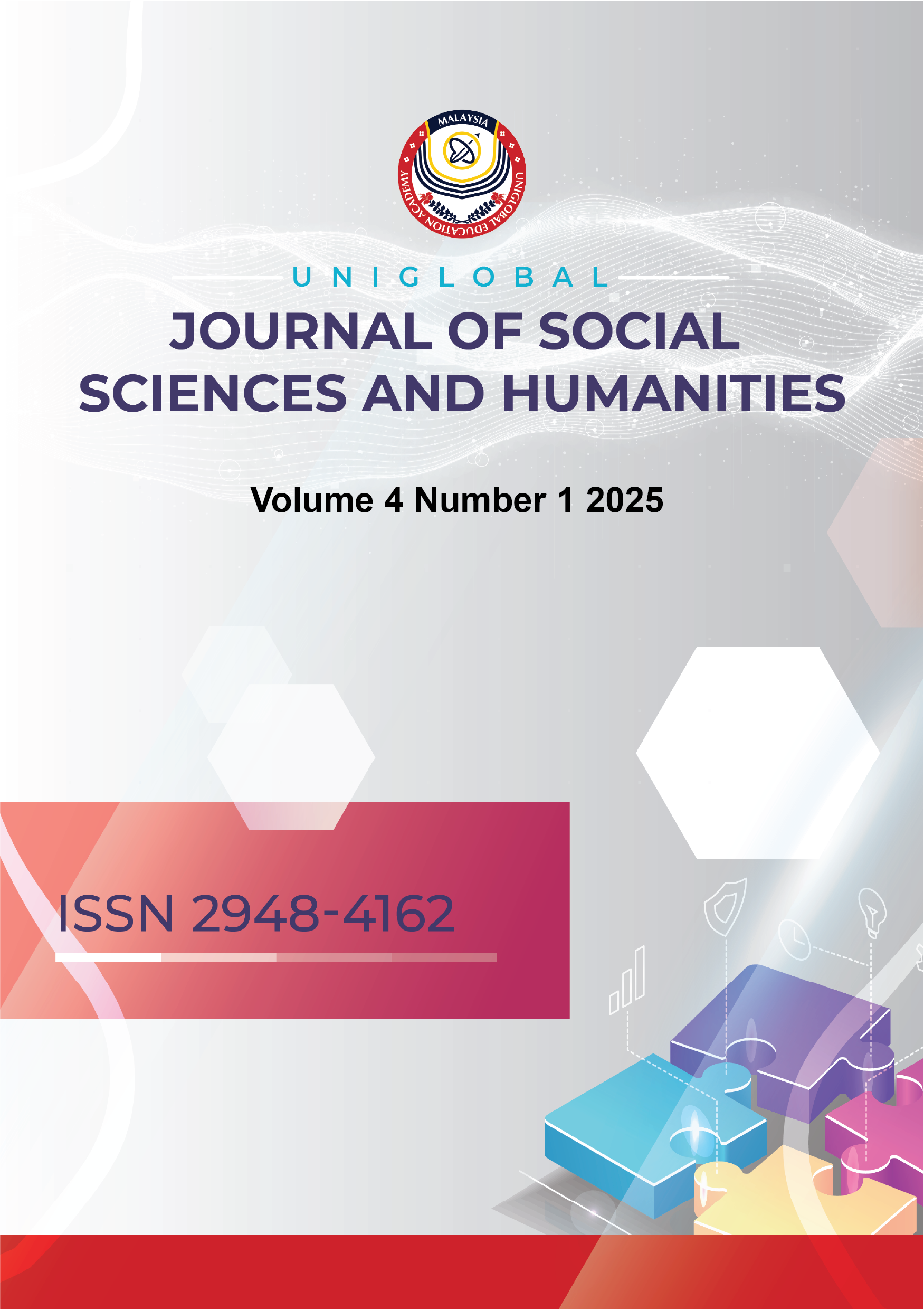Intersectionality and Educational Inequality in China: Understanding the Effects of Race, Gender, and Class on Student Success
DOI:
https://doi.org/10.53797/ujssh.v4i1.21.2025Keywords:
Educational Inequality, Socioeconomic Status, Race, Gender, ChinaAbstract
This study examines the effects of race, gender, and socioeconomic status (SES) on educational inequality in China using a quantitative approach. The analysis aimed to understand how these intersecting factors contribute to disparities in academic performance, educational aspirations, and school attendance. Findings indicate that lower SES is a strong predictor of educational challenges, with students from economically disadvantaged backgrounds experiencing limited access to resources and opportunities. Race and ethnicity also play a significant role, particularly for ethnic minority students who face additional barriers such as cultural bias and fewer support systems. Gender disparities were observed, with female students in rural and low-SES areas experiencing higher dropout rates and lower academic achievements due to traditional gender expectations and social norms. Control variables such as region, school quality, and parental involvement were found to moderate these relationships, highlighting the importance of targeted interventions. The study suggests that addressing educational inequality requires comprehensive policy measures, including financial support for low-income families, improvements to school infrastructure, gender-focused initiatives, and programs that encourage parental engagement. The results contribute valuable insights for policymakers and educators seeking to create a more inclusive and equitable education system in China.
References
Bixby, L. E. (2024). Intersectional Inequalities: How Socioeconomic Well-being Varies at the Intersection of Disability, Gender, Race-Ethnicity, and Age. Research in Social Stratification and Mobility, 91, 100938–100938. https://doi.org/10.1016/j.rssm.2024.100938
Cao, L. (2023). Intersectional highlighting in queer immigrants’ English learning through dating: Dominant ideologies, individual agency, and implications for second language education. Linguistics and Education, 78, 101254–101254. https://doi.org/10.1016/j.linged.2023.101254
Copur-Gencturk, Y., Thacker, I., & Cimpian, J. R. (2024). An exploratory experiment investigating teachers’ attributional race and gender bias and the moderating effects of personal experience of racial discrimination. Contemporary Educational Psychology, 79, 102317. https://doi.org/10.1016/j.cedpsych.2024.102317
Fischer, I., & Luiz, J. M. (2024). Exploring gender differences in Gen Z students’ attribution of obstacles influencing their academic and professional success. International Journal of Management Education, 22(2), 100989–100989. https://doi.org/10.1016/j.ijme.2024.100989
Lee, J., Shapiro, V. B., Robitaille, J. L., & LeBuffe, P. (2024). Gender, racial-ethnic, and socioeconomic disparities in the development of social-emotional competence among elementary school students. Journal of School Psychology, 104, 101311–101311. https://doi.org/10.1016/j.jsp.2024.101311
Martin, A. E. (2019). The Divergent Effects of Diversity Ideologies for Race and Gender Relations. Academy of Management Proceedings, 2019(1), 18555. https://doi.org/10.5465/ambpp.2019.18555
McKellar, S. E., Mathews, C. J., Greene, A. M., & Wang, M.-T. (2024). Achievement at what cost? An intersectional approach to assessing race and gender differences in adolescent math motivation and achievement. Contemporary Educational Psychology, 76, 102253–102253. https://doi.org/10.1016/j.cedpsych.2023.102253
Mickelson, R. A., & Saatcioglu, A. (2024). Structure and agency in resistance to schooling: Class, race, and the reproduction of unequal outcomes. Social Science Research, 120, 102971. https://doi.org/10.1016/j.ssresearch.2023.102971
Mu, Z. (2024). Understanding the educational disparities between Han and Muslim Chinese: The roles of gender, ethnic salience, and residential concentration. Research in Social Stratification and Mobility, 89, 100874. https://doi.org/10.1016/j.rssm.2023.100874
Seo, E., Lee, Y., Steingut, R. S., Alfaro, E. C., & Lee, K. (2024). Testing the generalizability of the multiplicative effects of expectancy and value across different ages, genders, and races. Learning and Individual Differences, 116, 102578–102578. https://doi.org/10.1016/j.lindif.2024.102578
Sheu, H.-B. (2023). Temporal precedence between and mediating effects of career decision self-efficacy and career exploratory behavior among first-year college students: Within-person and between-person analyses by race/ethnicity and gender. Journal of Vocational Behavior, 144, 103882–103882. https://doi.org/10.1016/j.jvb.2023.103882
Yang, W., Fan, G., & Chen, W. (2022). Socioeconomic status, cultural capital, educational attainment and inequality: An analysis based on PISA2018 Results of China, Finland, South Korea and Singapore. International Journal of Educational Research, 113, 101955. https://doi.org/10.1016/j.ijer.2022.101955
Downloads
Published
How to Cite
Issue
Section
License
Copyright (c) 2025 Zezhao Li, Mazni Mohammad

This work is licensed under a Creative Commons Attribution-NonCommercial-ShareAlike 4.0 International License.



